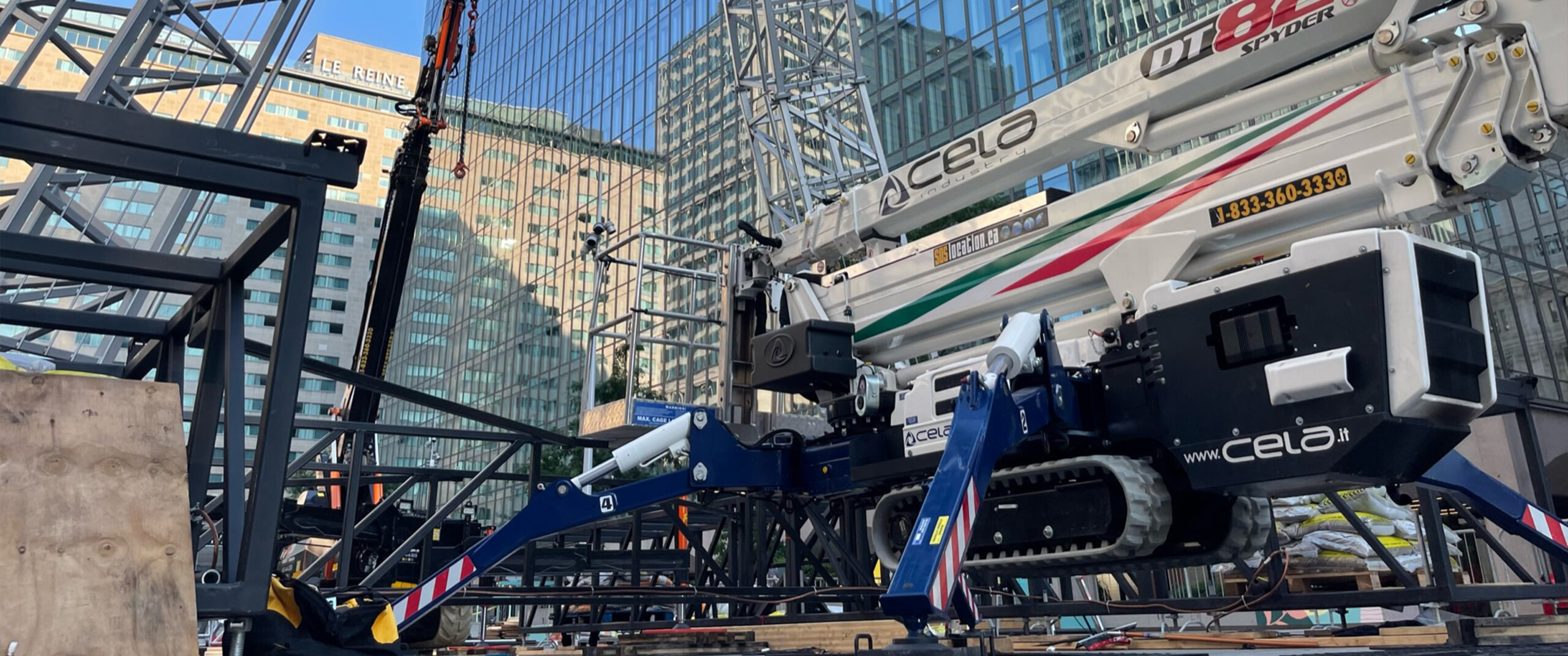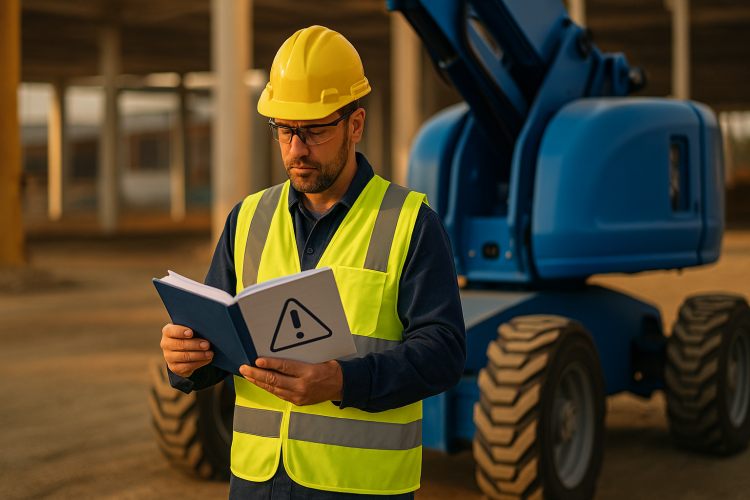In industrial environments and on construction sites, it often happens that an operator is required to use a machine they are unfamiliar with or poorly mastered. Whether replacing a colleague, during a temporary rental, or following the arrival of a new model, this situation carries very real risks.
Here are the most common mistakes to avoid when an operator takes control of a machine with which he is unfamiliar or unfamiliar.

Do without the manufacturer's manual or instructions
Even though the machine looks like a well-known model, each piece of equipment has its own particularities : start sequence, reverse controls, safety limits… Failure to read the manual can lead to misuse, even breakages or accidents.
Good reflex: Take 10 minutes to review the user guide or ask an experienced colleague for a quick overview. You can also contact a member of our team!

Skip the safety inspection
It is sometimes wrongly believed that the machine is in perfect condition simply because it has already been used by others. However, the operator does not know the history of the equipment. It is therefore essential to check:
Levels (oil, fuel, hydraulic fluid)
Tires or tracks
Brakes and emergency stopping systems
Indicator lights and warning lights
Not to be overlooked: A quick tour of the machine before each use can prevent many accidents.

Using the machine without understanding its limitations
Each machine has its own capacities, working angles, speeds and tipping pointsAn unfamiliar operator may overestimate what he can do, or conversely, slow down operations unnecessarily.
Concrete example: Lifting too heavy a load with a poorly positioned telescopic crane can cause the whole thing to tip over.
Advice : Always ask for a reminder of the rated capacities or consult the lifting chart on the equipment.

Do not request training or supervision
For fear of appearing incompetent or delaying the work, some operators choose to "get by". This is a critical error. It is not only permitted, but strongly recommended, to request temporary supervision or a short training course.
Trick : Even 15 minutes with an experienced operator can prevent hours of repair.

Ignore dry functional tests
Before performing an actual task, it is essential to test the machine emptyThis allows the operator to:
Familiarize yourself with the controls
Evaluate the sensitivity of the levers or pedals
Check the machine's reactions
Common omission: Jumping straight to a complex task without practicing in a controlled environment.
Recommendation : Create a safe area to do these tests without pressure.

Underestimating environmental risks
An unfamiliar machine reacts differently depending on the terrain, incline, or load. An uneasy operator may misjudge:
Braking distance
The turning radius
The blind spot zone
Solution : Conduct a site survey and review traffic plans with the team.
Conclusion
Using an unknown machine is not an unusual situation, but it does require caution, preparation and good supervisionBy avoiding these mistakes, you not only ensure operator safety, but also the productivity of the construction site or workshop.
Do you manage a team that regularly changes equipment? Consider establishing a rapid onboarding protocol for each new machine.

